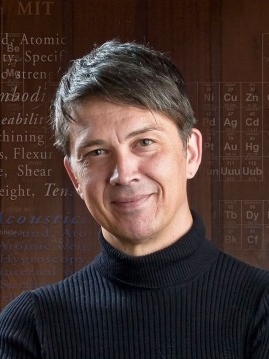Solid-State Batteries
Research Overview
The attractiveness of producing high energy density batteries in the absence of an anode that is formed during charge via the plating of lithium metal onto a bare current collector explains much of the pursuit of the solid state battery.
However, such a battery presents many challenges including dendritic lithium during plating, poor contact of the electrolyte with the plated lithium and cathode active material, poor chemical stability of the electrolyte at each electrode, and challenges of producing high capacity density cathodes with mechanical strength.
Research Tasks
The research we will address over the next three years includes:
The Battery Group Researchers
Additional Berkeley Lab Collaborators
 Gerbrand Ceder
Gerbrand Ceder
Solid State Batteries Research Lead
Faculty Senior Scientist, UC Berkeley
Senior Staff Scientist, Material Sciences Division
 Gao Liu
Gao Liu
Leader, Applied Materials Group
Senior Scientist, Energy Storage & Distributed Resources Division
 Mike Tucker
Mike Tucker
Staff Scientist, Energy Conversion Group
Energy Storage & Distributed Resources Division
 Nitash Balsara
Nitash Balsara
Faculty Senior Scientist, UC Berkeley
Senior Staff Scientist, Material Sciences Division
